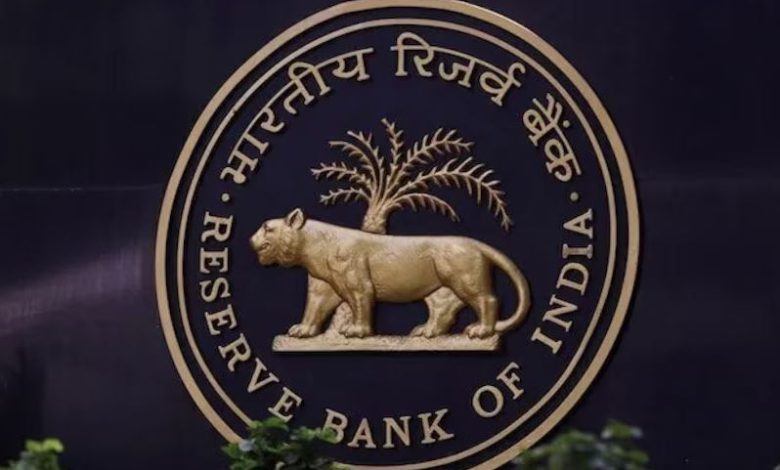
The Reserve Bank of India (RBI) on Wednesday cut the benchmark repo rate by 25 basis points (bps) to 6%, marking its second consecutive reduction this year to bolster economic activity amid subdued inflation and growth concerns. The decision, announced after a three-day Monetary Policy Committee (MPC) meeting led by Governor Sanjay Malhotra, shifts the central bank’s stance from “neutral” to “accommodative” to prioritize demand revival and investment.
Governor Malhotra stated the unanimous MPC vote reflected a “detailed assessment of macroeconomic and financial conditions,” with inflation now below the 4% target. “This action aims to support growth while ensuring price stability,” he added. The rate cut follows a similar 25 bps reduction in February 2024, early in Malhotra’s tenure as RBI Governor, which began in December 2024.
Key Rate Adjustments
- Standing Deposit Facility (SDF) rate: Adjusted to 5.75% (from 6%).
- Marginal Standing Facility (MSF) rate: Revised to 6.25% (from 6.5%).
The RBI’s accommodative stance signals readiness to further support the economy, contingent on inflation trends. Governor Malhotra emphasized “continuous monitoring” of global and domestic risks, including sluggish industrial output and uneven rural demand.
Growth vs. Inflation Dynamics
With inflation easing to a 20-month low and GDP growth projections trimmed for FY25, the RBI’s move aligns with government efforts to stimulate consumption and private investment. Analysts suggest the rate cut could lower borrowing costs for businesses and households, though banks’ transmission of previous reductions remains partial.
Market and Economic Implications
- Equities: Banking and auto stocks rallied post-announcement.
- Bonds: Yield on 10-year government securities dipped 5 bps.
- Currency: Rupee stabilized at ₹83.2/USD as RBI reaffirmed forex reserves adequacy.
What’s Next?
The RBI retained its FY25 GDP growth forecast at 7% but warned of risks from geopolitical tensions and monsoon variability. Governor Malhotra urged banks to expedite rate cuts to end borrowers, stressing that “timely transmission is critical for macroeconomic benefits.”
—Reporting based on RBI MPC statements and official releases.




